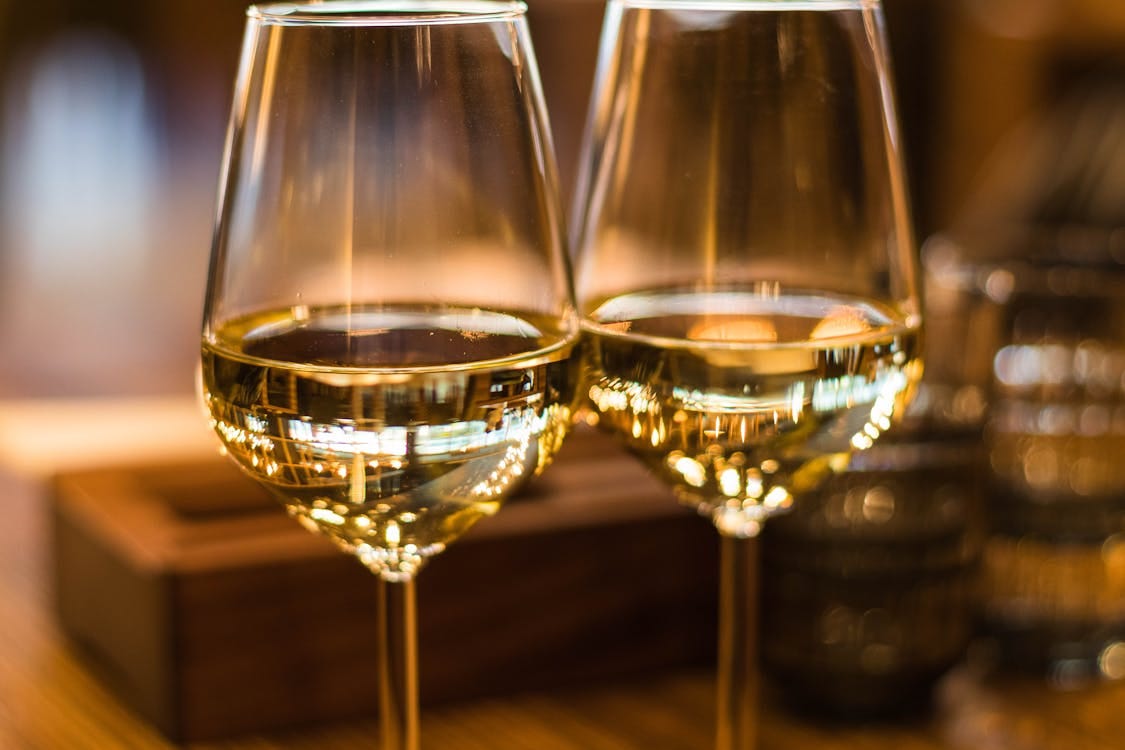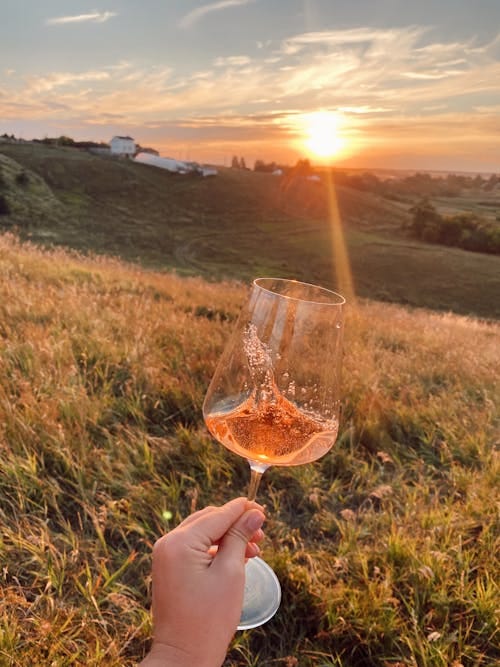So, you want to learn how to develop your wine palette? Whether you’re a casual drinker, or just starting to develop a thirst for wine, you can begin to train your tongue, and your brain, how to pick out new smells, tastes and sensations in the wine that you drink.
Hey, I’m Mary. Last year, I took an intensive ten-week course at the Institute of Culinary Education in NYC where I learned the ins and outs of wine tasting, wine theory and service. These exams were some of the toughest I’ve taken to date! Check out my formal certification papers below —>
After earning my certification, I set myself on a mission: to make the wine industry less intimidating and more accessible to the curious wine drinker. I don’t think that you have to be an expert to appreciate a good glass of wine, and with a little bit of practice, you can train your palette to pick up new flavors in your favorite wines and feel confident describing them.
If I were just learning how to taste wine, here’s what I would do:
Head to your local wine shop, or even grab a stool at your favorite wine bar, and get two different wines that are either produced from the same grape OR were produced in the same region. Grape type and region are two huge factors in determining the characteristics of your wine, so it’s important to compare and contrast to recognize their effects on the wine. This can look like…
a) two wines made from the same varietal (ie. grape) but are produced in different regions - for example, a cabernet sauvignon produced in France AND a cabernet sauvignon produced in the Napa Valley
or
b) two wines made from different grape varietals that are produced in the same geographic area - for example, a sauvignon blanc and a chardonnay which were both produced in France
Now that you have your wines, start by analyzing the color and opacity of the wine. Is your wine a deep red or a light pink? Is it opaque, or can you easily see through your glass? Is the rim of the glass a different color than what sits in the center of the glass? Colors can help you determine what type of grape varietal and the age of the wine.
Next, swirl your wine around and see how heavy the drops (ie. the legs) fall down the sides of the glass. If the wine falls slowly or thickly, it indicates that there is a higher sugar content.
Time to smell the wine. Swirl it around in your glass and take a big whiff. Jot down what you’re smelling. If it’s a red, you’re most likely going to smell some spices and red/black/blue fruits. Try to narrow it down to specific fruits like raspberry, dark cherry or blackberry. If it’s a white wine, you’ll probably get some yellow stone fruits (like peach or apricot) and citrus. Once you smell the wine, take a small sip and let it sit on the back of your throat before your swallow. Oftentimes, you’ll be able to taste what you’ve smelled, but you’ll be surprised at what new flavors come up in your palette.
Take another sip and notice on the wine feels on your tongue and throat. Sometimes you’ll notice tingling sensations in the middle of your tongue or you’ll realize that you’re salivating (this indicates high acidity). Sometimes, the wine will feel exceptionally soft or round (typical of wines with lower acidity or high levels of sugar). Once you’ve made it through one round of wine, switch over to the second glass and repeat the process to compare how the varietal or region of production influences the taste of the wine. The more you do this for different varietals and different regions, the easier it will be to pick up your own personal clues on wine tasting.
You might be more sensitive to specific flavors or recognize particular flavors in certain wines due to your genetics, so if you’re wine tasting with your friends - pay special attention if there are certain flavors only you pick up, or vice versa. These can be key markers for your own personal tasting that help you distinguish between Merlot or Pinot Noir. Outside of genetics, you will notice that some wine varietals just have very specific characteristics due to their own chemical composition (ex: all cabernet sauvignon has a chemical compound called pyrazine which is responsible for its distinct green bell pepper flavor). These will all be useful notes in your future tastings (and even more helpful if you ever want to try and do a blind tasting).
I find it helpful to keep a running wine journal where I can note specific characteristics about each wine. That way, I can go back and compare to what’s already familiar when introducing new wines to my palette.
Feeling confident in your strengthening your wine palette? Grab a friend and put your palettes to the test. Whether you’re spending time at a wine bar or DIY-ing your own wine tasting, you can begin to recognize and name your favorite wine profiles.
Interested in receiving a free wine-tasting guide in the future that goes into the nitty gritty of wine vocabulary and highlights the key tasting notes and indicators of different varietals? Leave a comment and let me know what type of information would be useful!









Awesome post!! I’d love to hear more about the chemical compounds in wine- that bit about Cabernet Sauvignon having a distinct green bell pepper taste was particularly interesting to me!